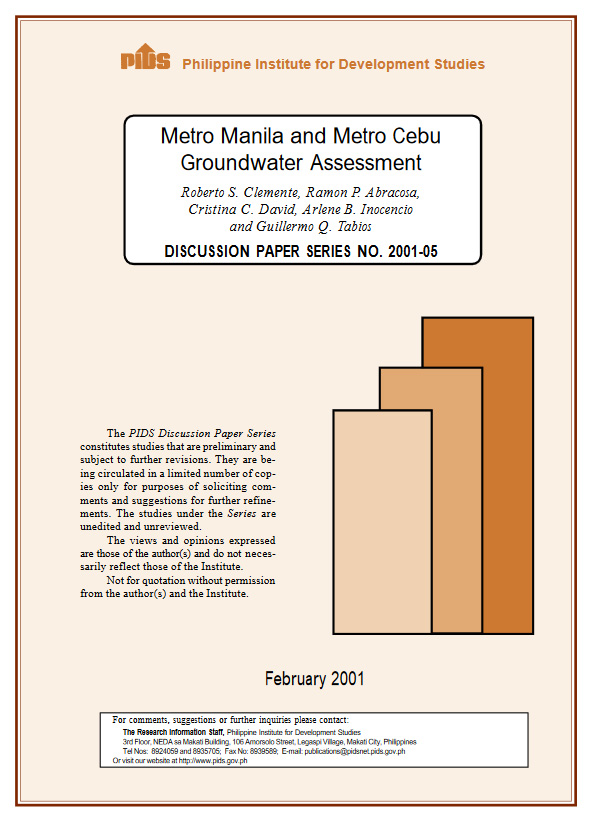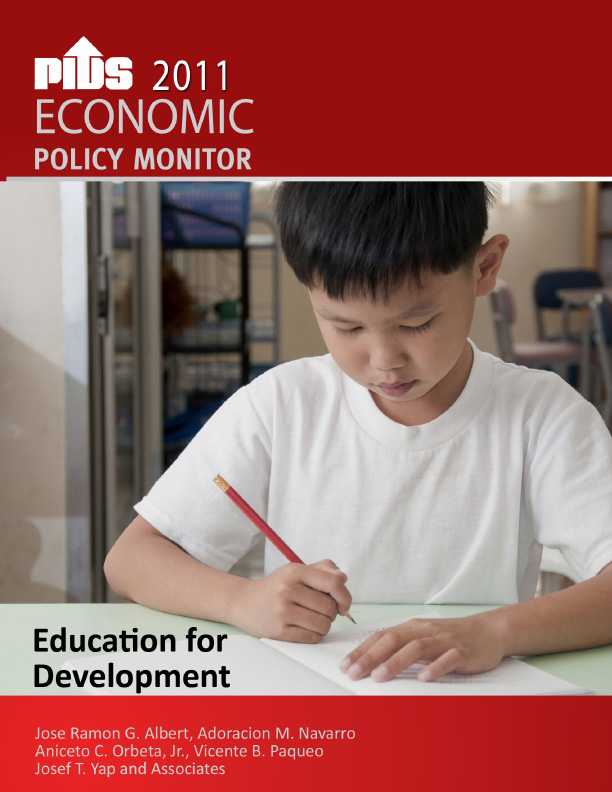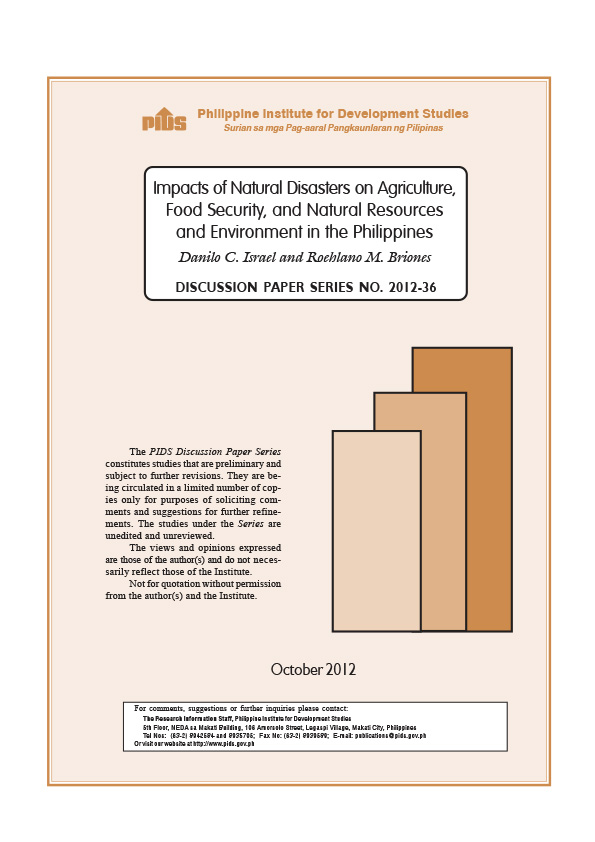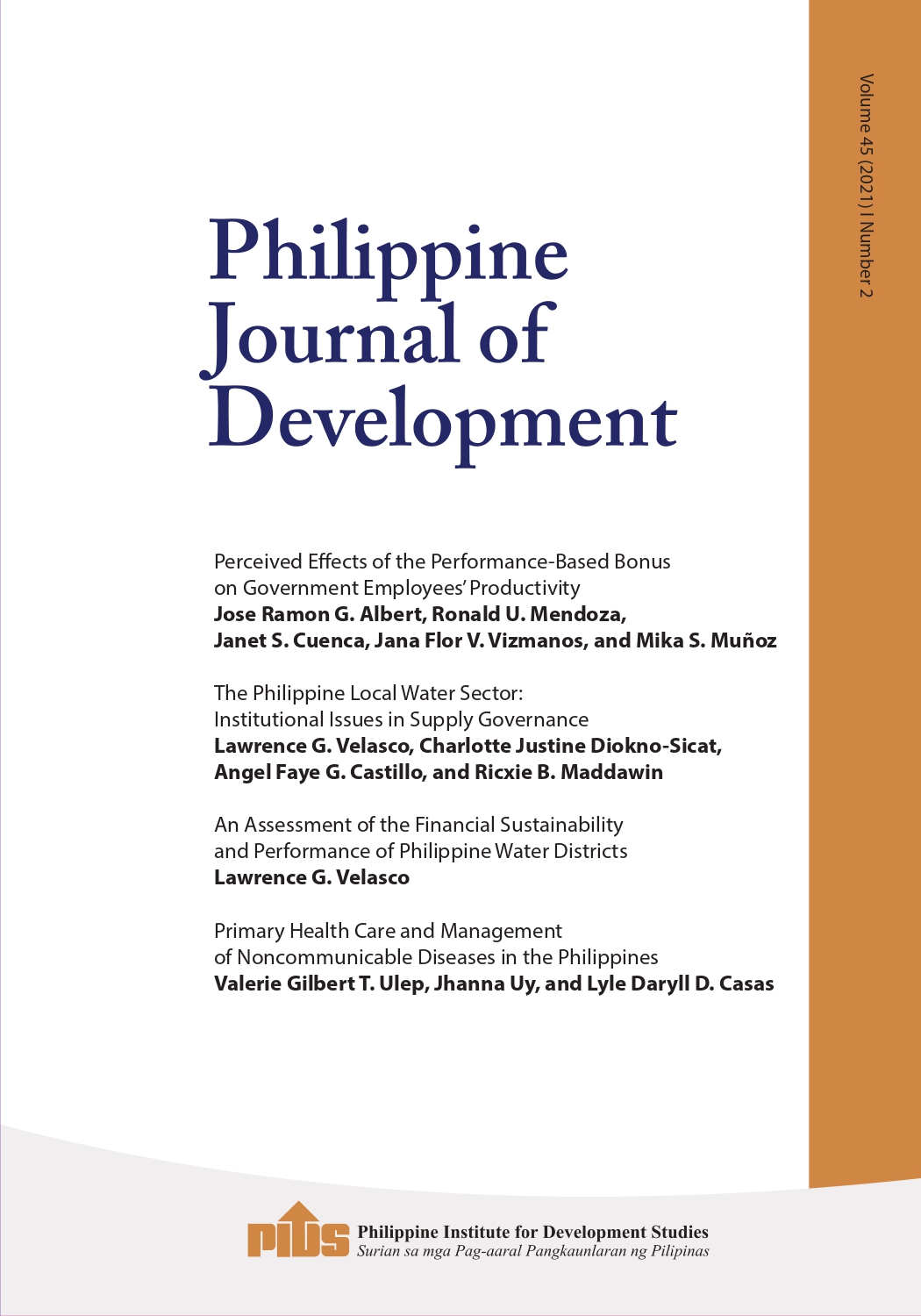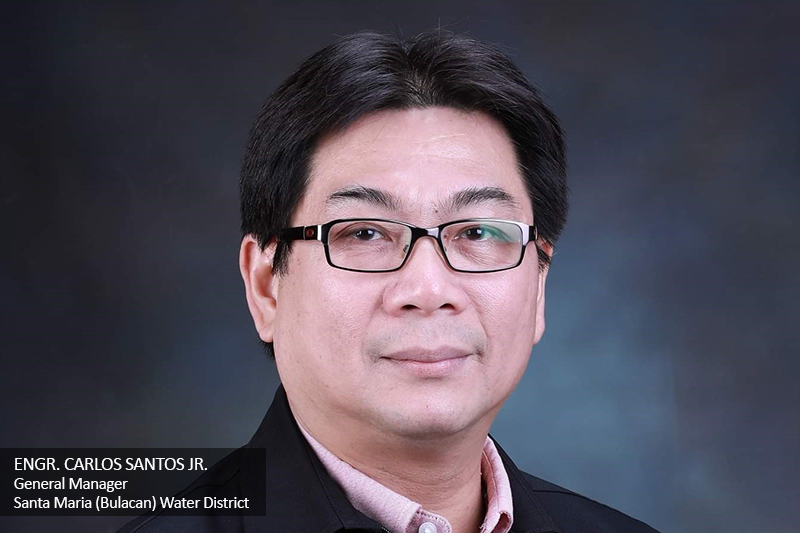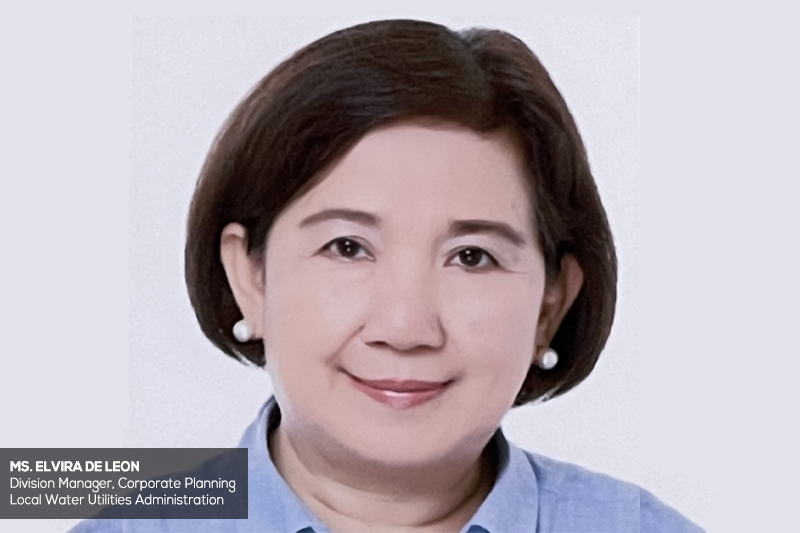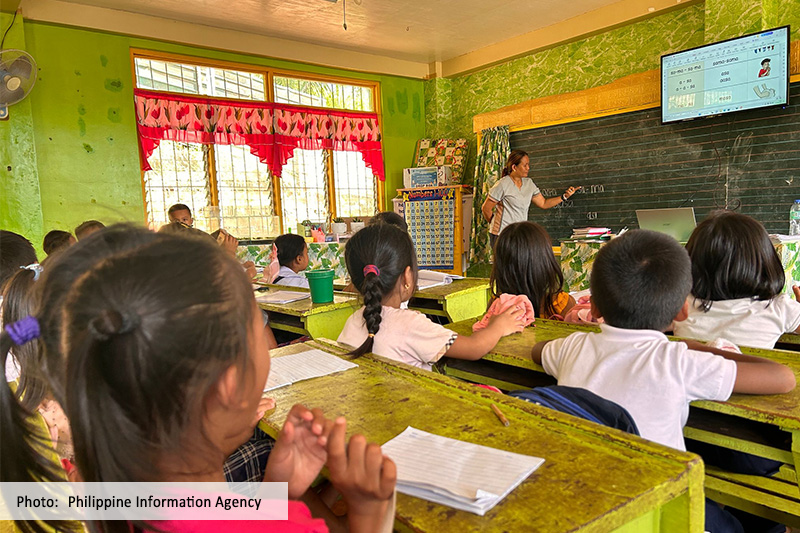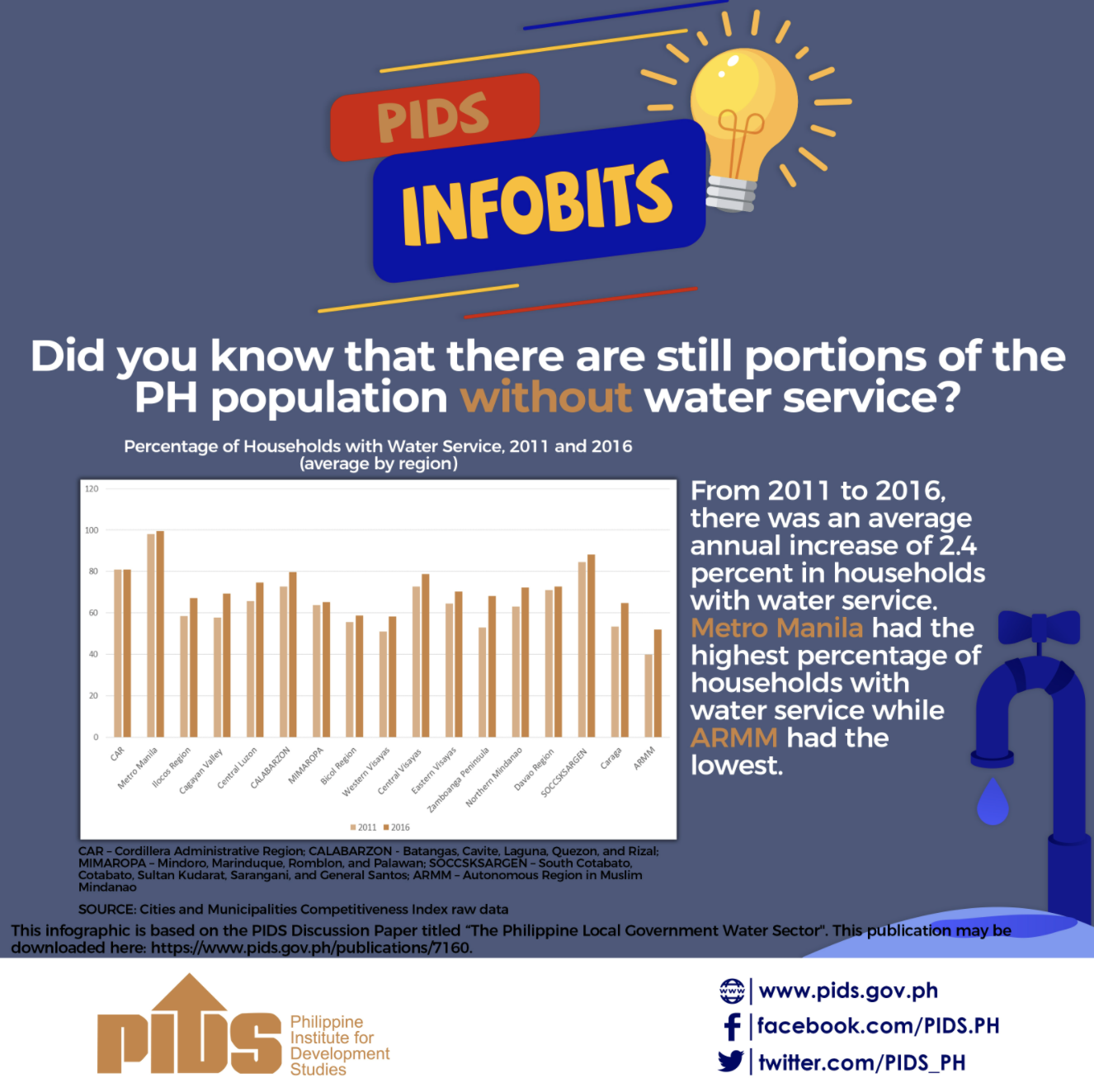This paper describes the methodologies adopted and the results obtained in assessing the groundwater resources of Metro Manila and Metro Cebu. Also some early and recent studies on the aquifer systems in the two metropolis are presented to draw some comparisons on the assessment and data acquisition methods and identify some gaps involved and the improvements needed. Some of the indicators used in assessing groundwater potential and associated problems include storage coefficient, transmissivity, safe yield, and salt water intrusion. The complex and expensive nature of actual field monitoring and analysis has encouraged the use of mathematical models in this study. Specifically, models adopted by NHRC and JICA were used and their respective capabilities, data requirements and modeling results for water balance are described. Although the two models have specific inputs unique to each model and the NHRC model used secondary 9 year data (i.e. 1982-1990) while JICA used one-year actual data (1990), the models gave similar results as far as recharge to groundwater and piezometric heads are concerned. It was found that Metro Manila gets an annual recharge of 206 MCM which is basically due to the high rainfall events during the wet season. Inflows from Laguna lake and leakage from MWSS distribution systems have been also identified as contributors to the recharge. It was also found that due to the over pumping of wells in some coastal areas in Metro Manila, sea water intrusion of aquifers is now becoming a serious problem. The same holds true in Metro Cebu where water for all types of uses comes from groundwater. That is why the annual recharge from rainfall to the aquifer of the Maghaway valley in Cebu amounting to be 1.4 MCM plus an additional inflow of 1.1 MCM coming from riverbeds, are believed to be insufficient to cover the increasing demand for water from all sectors of the society. It is envisioned that a regional scale groundwater and environmental planning scheme for the two metropolis needs to be developed by linking the models with GIS so groundwater data base maps can be overlaid with land use, management practices, recharge distribution and mass loadings of chemicals. A follow-up study which will incorporate this methodology will provide a useful management tool for developing water resources on a regional scale.

